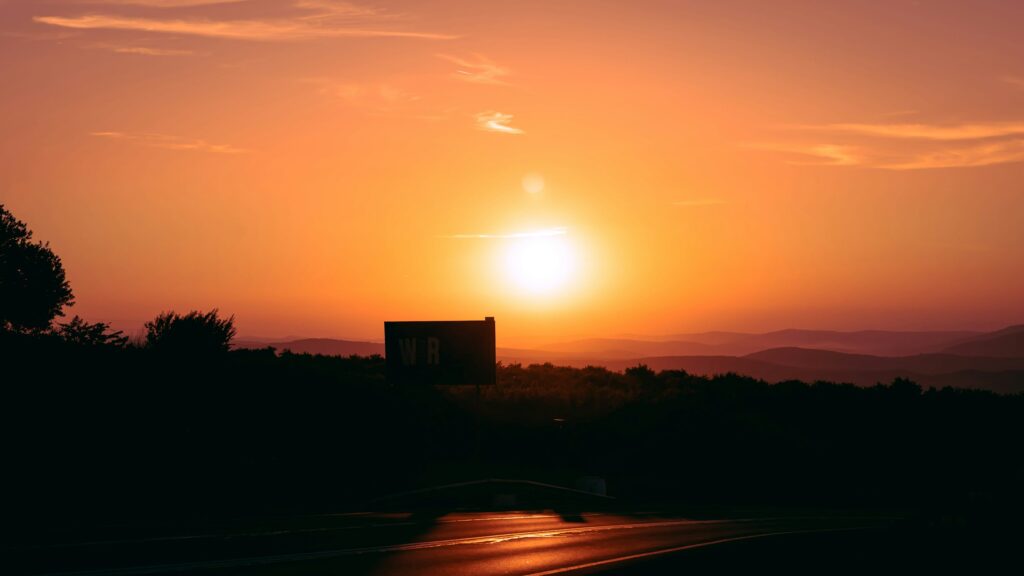A perceptive reader suggests to us that instead of colouring 26°C charred red on weather maps that used to show it as pleasant green, weather forecasts might usefully also list the temperature and other conditions on the same date a year ago, the record high or low on that date and the year it was set and possibly even a superimposition of charts of historical data on current conditions. In which spirit we want to share with you something very revealing about local conditions due to climate breakdown. “For only the 9th time in recorded history, #Ottawa recorded a mean wind above 13.5km/h during a July (July 2022).” Didn’t see that one coming, did you? Nor having seen it can you draw any conclusions. But you can about weather forecasts adopting Biden-doom red backdrops. Namely that they ought to give some historical perspective.
Such a practice would, of course, reveal that in some place or another on the planet something highly unusual really was happening outside the window right now. There are a lot of places on the planet and a lot of unusual weather. Including the disagreeable phenomenon of people being struck by lightning out of the clear blue sky. But anyone with proper statistical training knows to expect the unexpected.
For instance, what are the odds of logging into your bank’s web site on any given day and your balance ends in .00? Weird, huh? Except no. The odds are one in a hundred, because there’s nothing odder about .00 than .39. And so you should expect it to happen, on average, more than three times a year, and to happen to one person in a hundred in your city or county, your region and your country every day.
As we have observed elsewhere, absolutely nobody is going to see an all-time temperature record set where they live on any day. It was a lot hotter than today 45 million years ago. But if we take a reasonable time-frame, for instance the last 12,000 years, well, same story. The Holocene Climatic Optimum was considerably warmer than the present and so were its heat waves.
If you insist on taking only the period since the Little Ice Age, or the mid-20th-century cooling, then yes, you will get record heat in dozens of places a year. Why? Because there are hundreds of thousands of places with weather reports and what’s remarkable about unusual events is that they’re unusual but not impossible. You will also get record cold, record rain, record wind, record boring average temperatures, sudden hail, a huge number of some disagreeable bug and so on and so on. What matters is trends.
So we say to the weather stations, bring it on. Tell us what happened today in case we can’t get the window open or the curtains back to see for ourselves. But also tell us what happened last year, last decade, in the 1930s, when the records were set and so forth. Help your viewers become statistically literate. (And if you need to brush up yourselves, read Darrell Huff’s How to Lie with Statistics but not, we hasten to add, to assist you in creative cherry-picking to generate the impression of a climate crisis that’s not happening.)



CBC Saskatoon weather does show most of the province in red & they also show "normal" & historical data for highest & lowest temperature recorded on this day in the province & where. Been doing this for years. Some attempt at perspective but how long will we see it now that the map is always red?